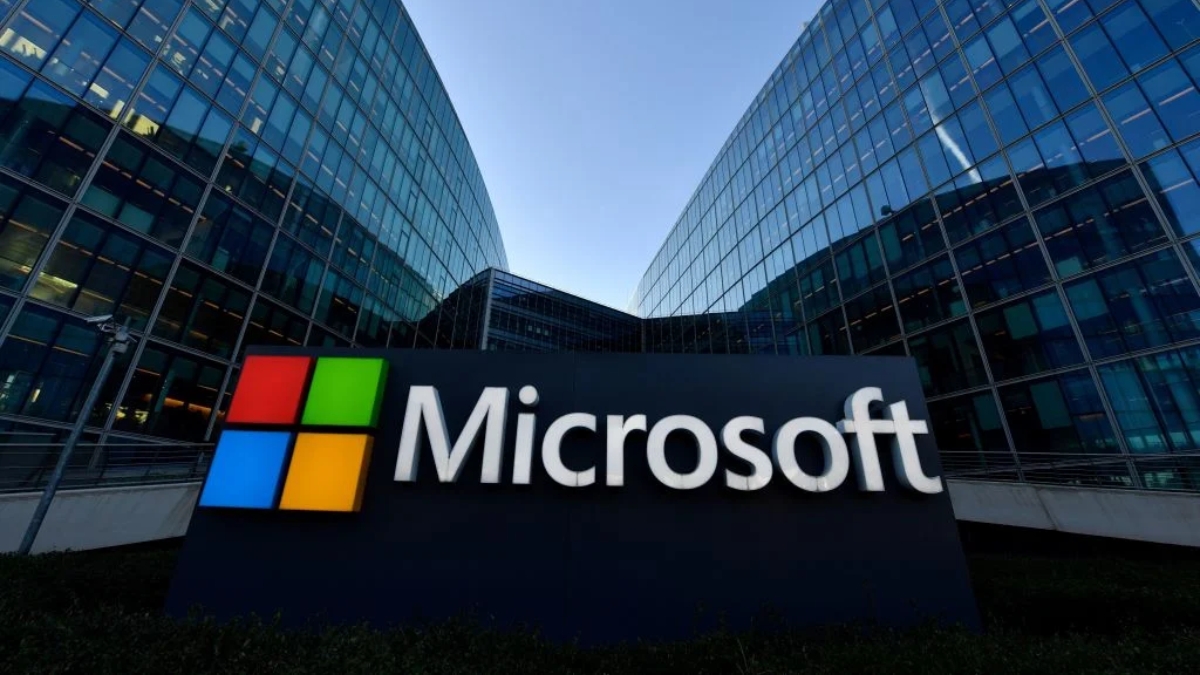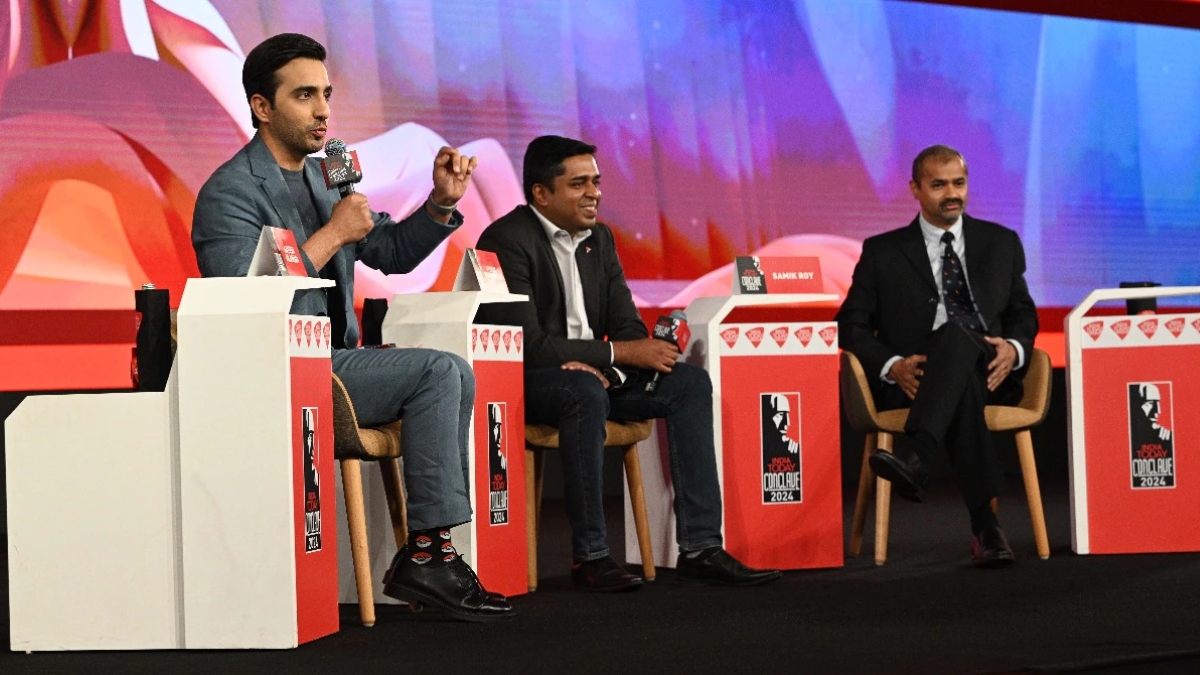Modern tools such as teledentistry, virtual reality, artificial intelligence and 3D printing are transforming the way dentists provide dental care. Dr Surbhi Bhatia L shares how technology has evolved the dental industry in India.
- Teledentistry Develops Access to Care- Teledentistry — the delivery of dental consulting or essential examinations employing digital tools such as synchronous or asynchronous video — proposes a way to enable bridge the gap. Teledentistry can reduce travel-related pressure for patients, particularly those who don’t have a reliable conveyance or have to drive long distances to get the treatment done. Teledentistry devices can furthermore enable us to judge if true trouble exists and a quick visit to the dentist is needed or if a patient can wait until their regular check-up.
- Virtual Reality Bestows Distractions for Patients- VR is another up-and-coming dental technology that could enable practitioners to provide promising treatment to patients. In a dental practice environment, virtual or augmented reality (AR) could put up with the form of headsets worn by patients to deliver digital distractions. In many ways, it’s an elongation of the function presently filled by ceiling-mounted televisions in dental offices that give patients something else to concentrate on. VR is also used in internships to permit dentistry students to digitally encounter dental methods.
- Artificial Intelligence Aids in Diagnostics- AI tools are now more compatible with dentists in analyzing tooth decay from bitewing and peripheral radiographs, which makes sense: AI algorithms are instructed using billions of data points to make judgments based on functional proof, giving them an advantage over humans when it comes to determining distinct conditions. There’s a whole use case for AI in the finding of uncommon structures, discerning diagnoses and recommending restoration.
- 3D Printing Is Cost-Effective for Patients and Practitioners- The origin of low-cost, high-speed 3D printers makes it possible for dental practices to both lessen total expenditures and enhance all-around patient satisfaction. Other applications for 3D printing in dentistry comprise medical modelling and dental splints. Cone beam computed tomography (CBCT) data of patient dental structures are now normally obtainable to dental practices and can be used to create a volumetric image, which is then used to create a 3D model of the patient’s jaws. This measure can be employed to assess the consequence of treatments or plan specific surgical interventions.
- Dental Technology Gives Security Considerations- While unique dental technologies deliver advantages such as high comfort of access, decreased patient anxiety, enhanced diagnostic precision and scarcer material expenses. The more we utilize these technologies, the richer the knowledge we have. As an outcome, the significance of healthcare histories is boosted, and the number of ransomware and phishing attacks on dentists is at its peak.
- Digital dentistry- In the past, when a patient visited a dentist’s clinic for artificial teeth restorations or smile design, there was no uncomplicated way of exhibiting them before starting the treatment, what their future smile would look like. Contemporary devices like 3D printing, digital visualization, and contact between the dentist, patient, and the dental laboratory have made digital dentistry a positively efficient framework for multidisciplinary dental teams.
Inventions in dentistry have reached an extended path and resume to develop. In India, where the dentist-to-population ratio is unstable and oral health attention is downward, combining technology into everyday dental practice permits dentists to deliver leading-edge dental treatments in an efficient, relaxed, and suitable manner. What’s more, it also heightens the measure of care and makes it obtainable to the masses.









